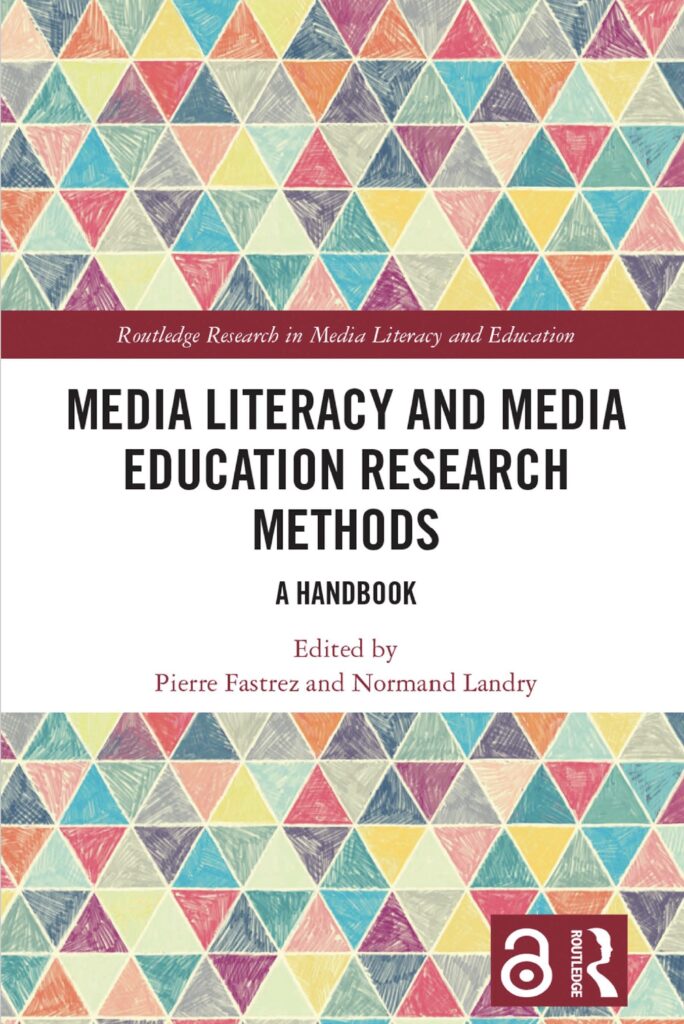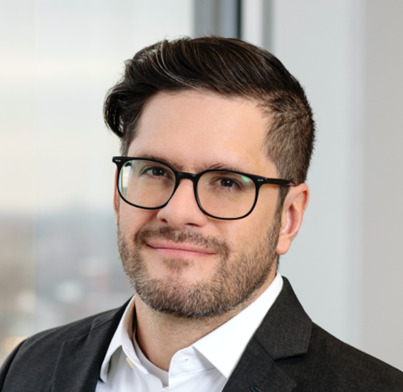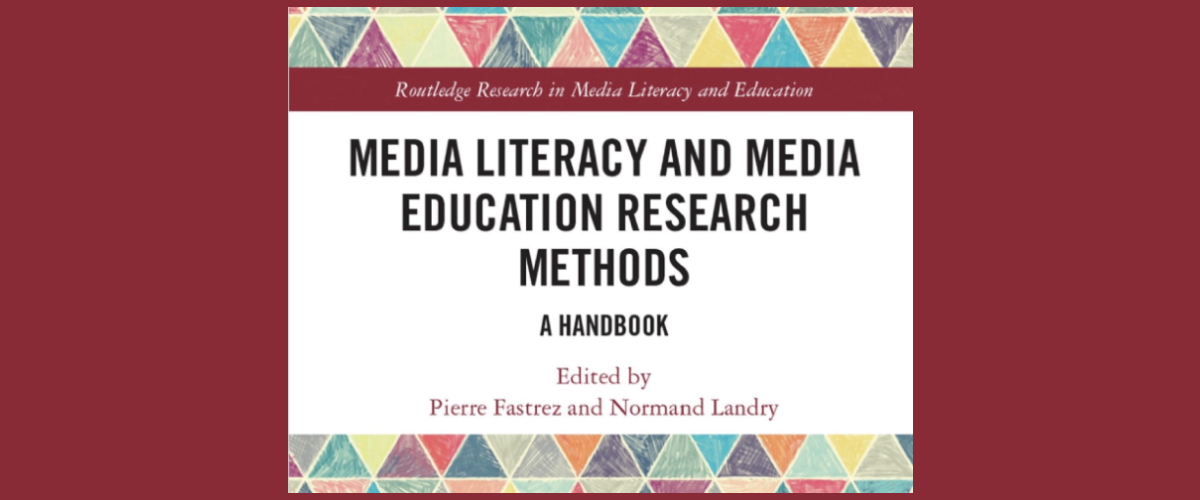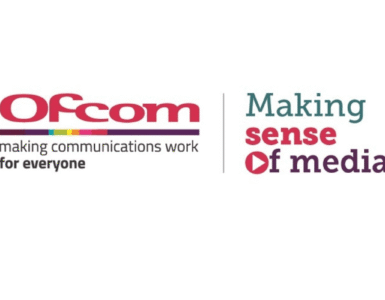by Pierre Fastrez, Université catholique de Louvain, Belgium and Normand Landry, Université TÉLUQ in Quebec, Canada.
Media literacy and media education are located at the convergence of different research fields. They articulate a complex dialogue between theory and different social, media and pedagogical practices, as well as between theoretical, experiential and empirical knowledge. The range of humanities and social science methodologies mobilized in media education and media literacy research is incredibly broad.
However, the question of methods and epistemology remains a weak point in this field of research. Within it, methodology is often lightly discussed, unclear, or produced in an unreflective manner.
This is even more unfortunate when we consider the role that methodology could play in providing a unique and powerful entry point into the field. Through methods, we can discuss theory, policy, media practices, teaching practices, skills, competencies, and assessments. Methodology is a powerful door that opens new ways of approaching the core “objects” of media literacy and media education.
Our book Media Literacy and Media Education Research Methods – A Handbook provides such an opening.

It provides valuable reference points and tools for exploring the range of research methods used to study media literacy and media education, and how these methods relate to epistemological stances, theoretical frameworks, and research questions. It has been written as a guide for researchers who want to position themselves, reflect on the methods they are using or considering using, and compare and contrast them with alternative or complementary approaches.
We believe that after reading this book, readers will be better able to identify and define the objects of study in media literacy and media education research, the preferred ways of conducting investigations, the phenomena, issues, and dimensions that these are likely to bring to light, and the knowledge that they generate. The book’s general approach to research methods stems from the recognition that most research methods in media literacy and media education research are tailor-made stuff, not « one-size-fits-all ». Hence, we asked the book’s contributors to use their own research projects as exemplars of how specific methods help answer specific research questions.
In addition to providing a detailed, illustrated overview of key methods used in the study of media literacy and media education, the book seeks to organize the complexity of this rich and diverse research field, by grouping contributions into three parts that correspond to three categories of investigation: media practices, educational initiatives, and prescriptive discourses.
Part 1 is dedicated to the study of media practices of different social groups and the definition the “literacies” they involve. Methods discussed in this section seek to account for the lived experience of the actors studied. They provide ways of examining how the multiple dimensions of media practices are connected into coherent wholes. They help conceptualize media practices in terms of social hierarchies, power relations, and culture. Finally, they address the issue of making the transition from media practices to competencies, and from competencies to media literacy.
Part 2 focuses on research methods for studying educational initiatives. Such methods either analyze and document the effects of media education activities, or actively contribute to the development of innovative educational practices. They seek to define and measure the success of media education initiatives. They consider the transitions from educational intentions to pedagogical practices, and from pedagogical practices to learning outcomes. Additionally, contributions in this section emphasize the tension between the need for measures aligned with the educational initiatives’ specific goals and pedagogies, and the need for replication across contexts and meta-analyses.
Part 3 is devoted to the study of all the types of prescriptive discourses that circulate in the public sphere and relate to media education and media literacy. Such discourses include public policies in media education, but also discourses produced by academia, the nonprofit sector, or the media industry. Chapters in this section discuss how to analyze and compare these discourses and consider them in their socio-historical contexts. They document the political and ideological dimensions of institutional discourses on media literacy. Finally, they examine how to involve stakeholders in policy-making through deliberative and participatory approaches.
Whereas researchers usually only present the methods they use in their publications to demonstrate the validity of their results, each chapter of this book seeks to discuss and illustrate the added value and limits, stakes and challenges of using the methods detailed in the chapter. From this point of view, although the book is conceived as a guide for readers wishing to appropriate these methods, it also offers a critical appraisal of said methods, and is therefore a good starting point for addressing the strengths and limitations of the research produced in the field of media literacy.
Related publication:
Fastrez, P., & Landry, N. (Éds.). (2024). Media Literacy and Media Education Research Methods : A Handbook. Routledge. https://doi.org/10.4324/9781003045366
Authors

Pierre Fastrez is a Senior Research Associate at the Belgian National Fund for Scientific Research and a Professor of Information and Communication at the Université catholique de Louvain (Belgium).

Normand Landry is a Canadian academic and professor of communication at Université TÉLUQ in Quebec, Canada. He is the current Canada Research Chair in Media Education and Human Rights.














